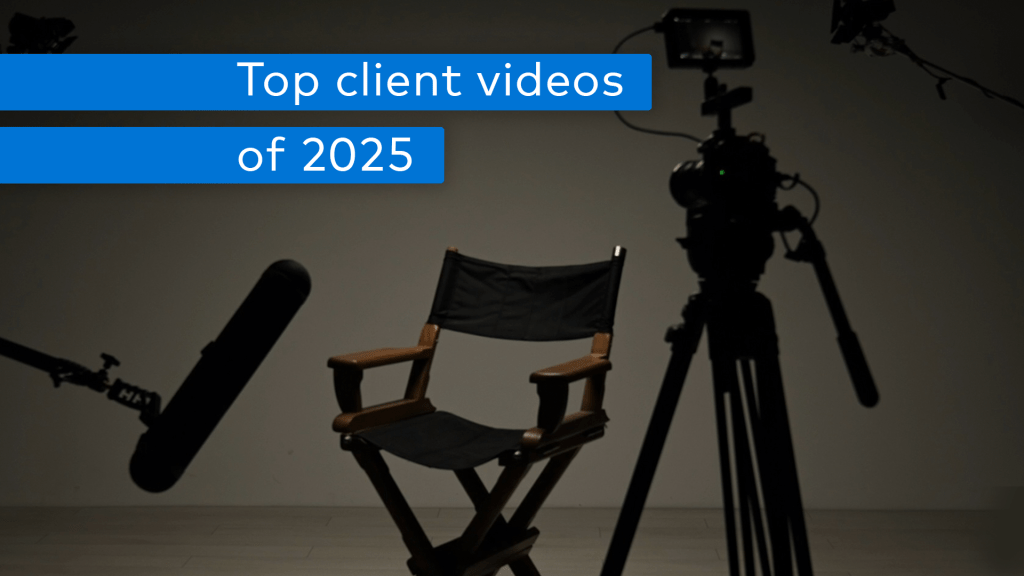By Erica Rascón on August 28, 2019 in Marketing
Not sure what to make of your analytics page? You know analytics are important, yet you’re not comfortable interpreting the data. Demystifying data is the beginning of success! Learn how to interpret marketing data and make smarter marketing decisions.
Metrics Matter
Metrics help you get the most out of your marketing spend. Your marketing and leasing software should offers data on seven key areas. This information reveals viewer engagement and conversion success.
Engagement metrics show how users are interacting with your content. Conversion metrics convey if users successfully follow your call to action.
Engagement
Page Views depict how many people have visited a particular page or post. You can use this information to gauge what interests your audience and what’s easiest to find on your sites.
Pages Per Visit isolates a single person and counts the number of pages that person visits. Data is then gathered on all people visiting the site. The number you see is often an average. When you have high pages per visit, that means viewers like what they see and want to know more about your business.
A low pages per visit number isn’t necessarily bad if you have high conversion metrics. The low rate could mean viewers didn’t need to be persuaded—they were sold! But more on conversion metrics later.
Time on Page is, as you may have guessed, how much time a person spends viewing a page. This will vary depending on the content. Pages for floor plans may have long view times as people consider their options. A page like About Us might not, since visitors skim for basic information.
Shares are most common on social media but people may also share webpages with roommates, partners, and other parties that are participating in the housing decision. A share indicates that users like what they see enough to draw others’ attention to it.
Bounce Rate, conversely, means that viewers are not liking what they see. A high bounce rate percentage means people are coming to your page but quickly leaving without interaction. The most common factors for a high bounce rate include inapplicable content and slow page loading times.
Conversion
Click-Throughs apply to emails, newsletters, buttons on your website, and social media posts. The percentage tells you how many people are clicking on your call to action button. The higher the number, the better! That means your content is engaging enough for viewers to take action.
Open Rate applies mostly to content that you send out, like emails. A low open rate means that you may want to work on your subject lines. What viewers read didn’t compel them to open the email.
A low open rate can also require creating or adjusting the groups that receive your emails. Your marketing tool should allow you to create targeted groups. This way, prospects receive different content than residents. More specifically, prospects interested in large floor plans receive different content than those interested in studios and so forth.
Understanding analytics can help you understand successes and opportunities in your marketing strategy.


